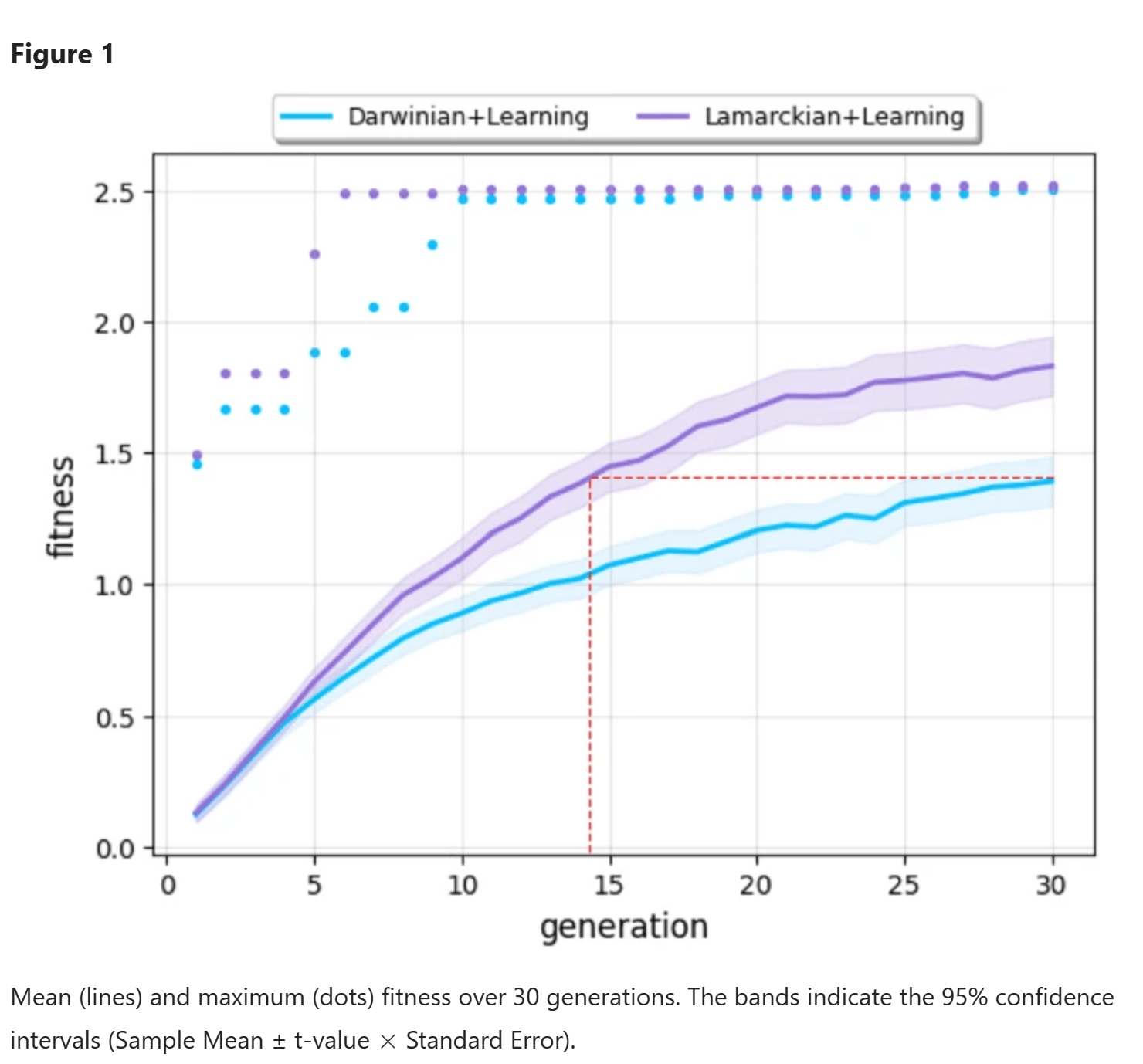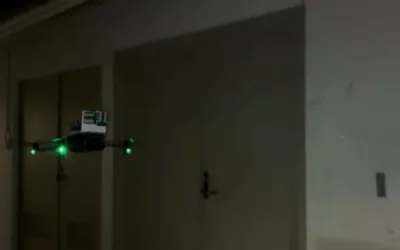A study published by Nature about evolutionary robot systems presents a unique avenue for advancing robotic development through evolutionary optimization and serves as a research platform for probing questions related to evolution. This study delves into the intriguing query: “What if Lamarck’s idea, suggesting that traits acquired during an individual’s lifetime could be inherited by its offspring, had some merit?” Using simulations within an evolutionary robot framework, we compare a Lamarckian system, where learned brain traits are inheritable, with a Darwinian system, where they are not. The analysis provides insights into Lamarckian evolution dynamics, shedding light on the interplay between evolution and learning, particularly emphasizing the emergence of ‘morphological intelligence.’
Evolutionary robotics (ER) stands at the intersection of evolutionary algorithms and robotic design, aiming to optimize the body and brain for autonomous robots. This field has evolved from early studies focusing solely on evolving the controller to a more holistic approach, integrating the evolution of morphology and controller. The research extends this by introducing learning as a crucial component, allowing robots to fine-tune the connection between body and brain. While previous work primarily explored Darwinian systems, the study delved into the less-explored territory of Lamarckian evolution, sparking a what-if experiment inspired by the controversial idea that acquired traits could be inherited.
Lamarckism, despite being debunked by modern genetics, remains a subject of debate. The study employs computer simulations to conduct a thought experiment, exploring the potential benefits and drawbacks of Lamarckian evolution in developing robots. Beyond robotics, this research may contribute to evolutionary biology by offering insights into Lamarckian evolution dynamics in an artificial system featuring selection and reproduction with heredity.
Previous studies have showcased the advantages of Lamarckism but lacked in-depth investigations into its underlying mechanisms. This study focuses on morphologically evolvable robots, addressing the challenge of designing a system with reversible genotype-phenotype mapping. This involves making certain learned traits during a robot’s lifetime inheritable by its offspring, creating a Lamarckian system. A comparative analysis with a Darwinian system, where learned traits are not inheritable, reveals intriguing dynamics.
The robot evolution system features modular robots with passive blocks and active hinges forming the body, coupled with a network of Central Pattern Generators (CPGs) as the brain. Both bodies and brains undergo evolution, with the Lamarckian system introducing a reversible genotype-phenotype mapping. This means that certain learned traits during a robot’s lifetime, specifically related to brain features, can be coded back to the robot’s genotype and inherited by its offspring.
The study highlights two main contributions: a general framework for Lamarckian robot evolution with reversible genotype-phenotype mapping and insights into the deeper effects of Lamarckism. The Lamarckian system demonstrates increased effectiveness and efficiency, especially in the context of morphologically evolvable robots, and may pave the way for advancements in evolutionary algorithms and better robotic systems.








